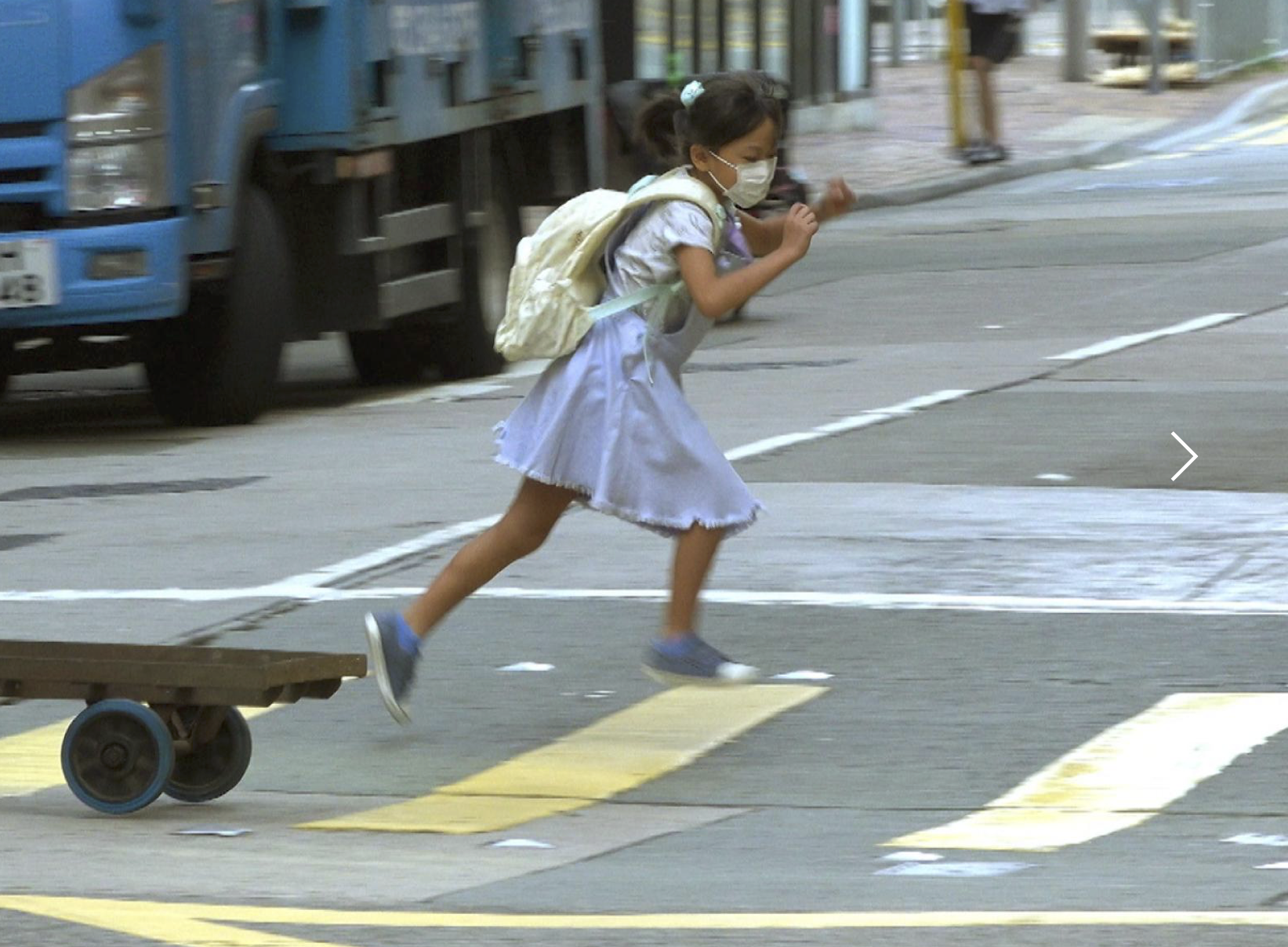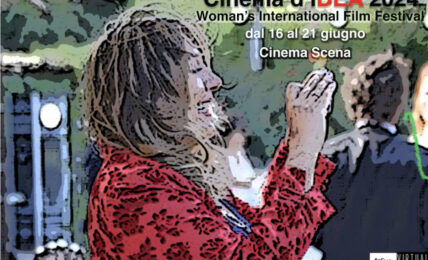“The Nature of the Game” alla Biennale di Venezia e la forza della riscrittura infantile
Il padiglione del Belgio propone un giro del mondo tra gli street game per bambini. Un'idea che fa di questo padiglione quello più spettacolare della Biennale di Venezia.





